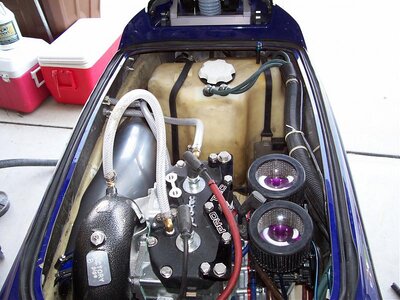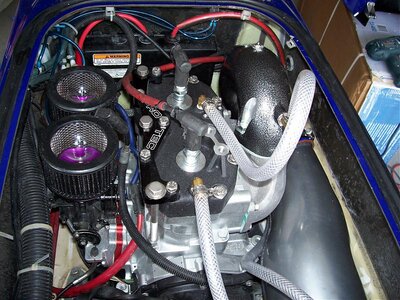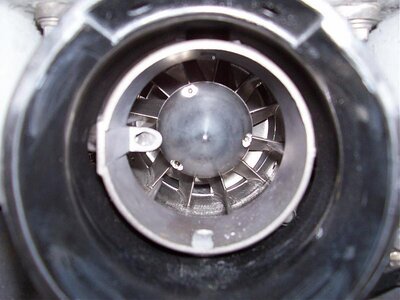douglee25
m3booooy
- Location
- South Jersey
Not sure how HE arrived at that, but since the equation that Matt_E gave is linear and involves a proportionality constant AND hp and torque are on opposite sides of the equation, there will be some number at which they are equal.
Move torque to the left side of the equation (by dividing both sides by torque; this is 7th grade algebra). Then you have hp/torque = rpm/5252.
When hp equals torque, the left side is 1. To hold the equality of left and right sides, rpm must be 5252.
There's nothing magic aout 5252 rpms it just happens to fall out of the numbers and happens to be a tangible rpm that motors can reach. It comes from the fundamental definition of horsepower. Had the fundamental definition of horsepower been different, the rpm at which torque and horsepower are equal may have been something like 18000rpm, unreachable by most motors. The interesting thing is that torque will be greater than hp below 5252rpm and less than hp above 5252rpm.
I'm well aware that it divides out that way according to '7th grade algebra', but there are multiple engines that I've seen on the dyno where torque and horsepower are not equal at that specific rpm.
Edit: I'm going to have to check some old dyno graphs I have. If it works in the math, it should work in real life unless something is messed up with the dyno. I just can't seem to recall off the top of my head that they cross at that point.
Doug
Last edited:



